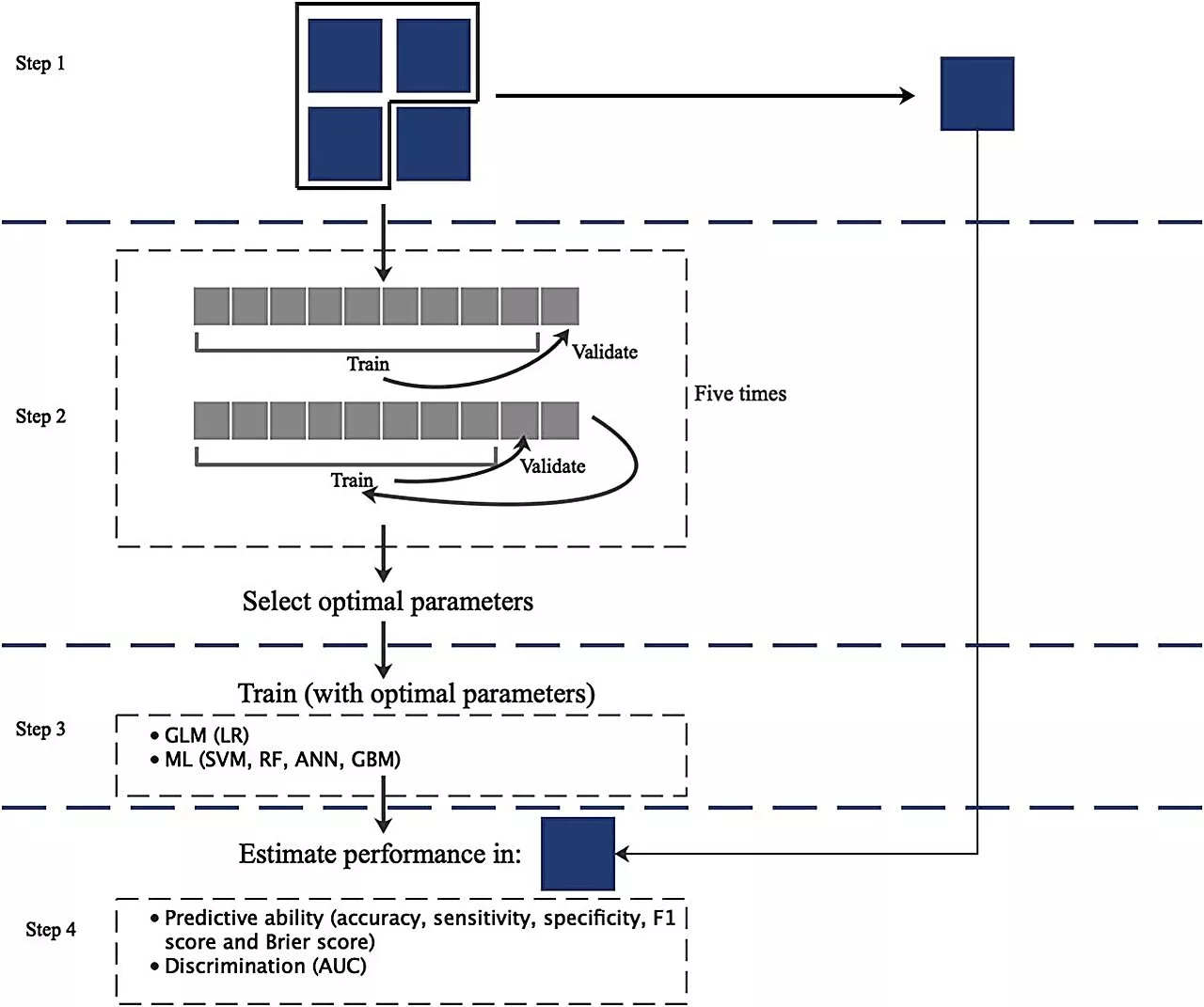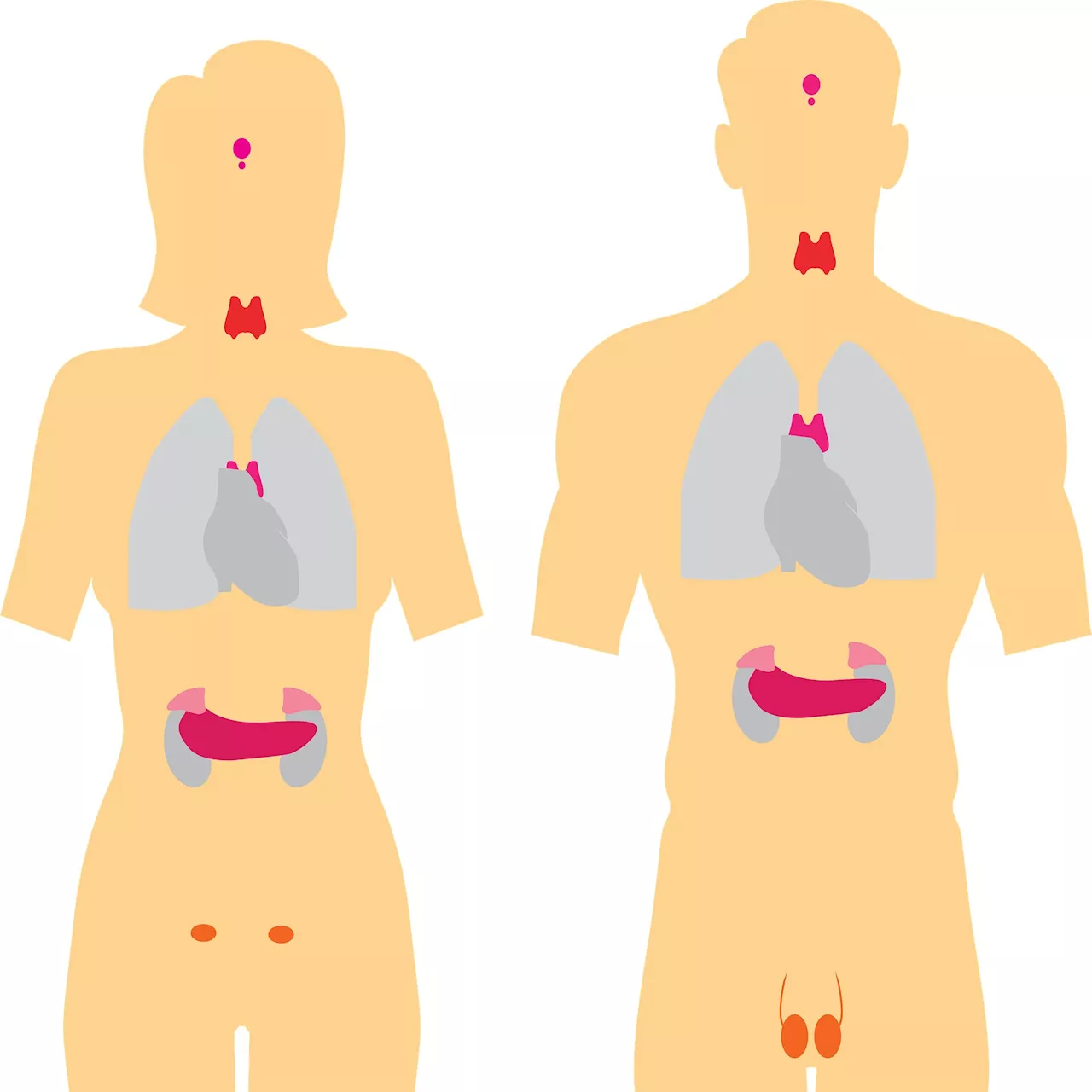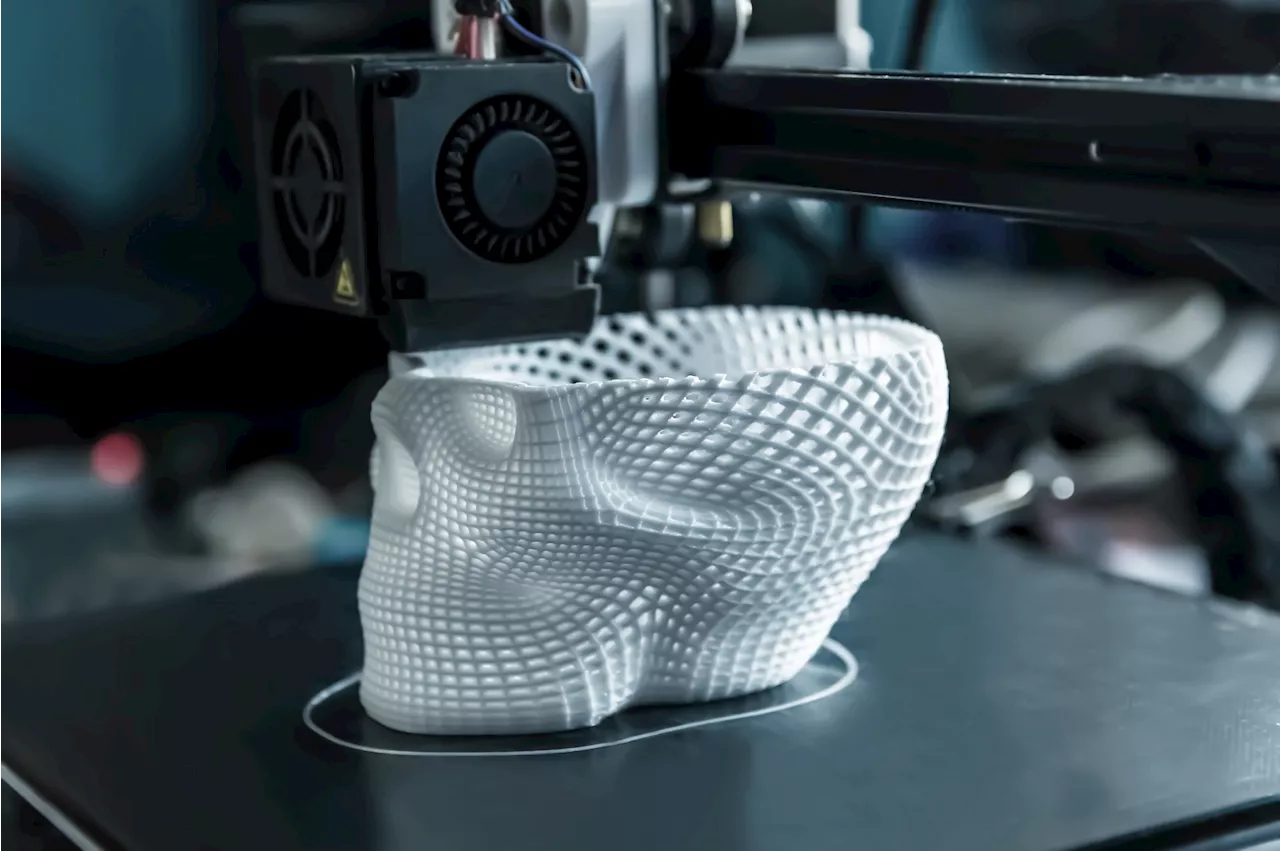3D printing is still a relatively novel method of manufacture.
Innovations in surgical tools and equipment 3D printing is still a relatively novel method of manufacture, and has already diversified massively in terms of printing methods, materials, and design possibilities, finding niche application in a range of fields, including healthcare and the life sciences.
Research into this technology was ongoing throughout the 1970s and patented in 1984, and is broadly utilized to produce custom manufactured parts. The type of resin employed can be adapted to purpose; for biocompatibility in cases of biological implant or prosthesis, for toughness and rigidity where required, and so on.
Innovations in surgical tools and equipment 3D printing is increasingly employed in the creation of surgical aids, including the design and production of accurate training models, specialized instruments, and scaffolds that aid in implantation or tissue repair. Bionic prosthetics, which are capable of coordinating roboting movement by muscle contractions, must in particular be positioned and secured carefully in order to maintain their function and comfortable usability.
United Kingdom Latest News, United Kingdom Headlines
Similar News:You can also read news stories similar to this one that we have collected from other news sources.
 Regression approach outperforms ML algorithms in predicting optimal surgical method in submucosal tumor patientsSubmucosal tumors (SMTs) are usually found in the stomach and esophagus during an upper endoscopy. Submucosal tunneling endoscopic resection (STER) and non-tunneling endoscopic resection (NTER) are the two most commonly used techniques in the treatment of gastric and esophageal SMTs.
Regression approach outperforms ML algorithms in predicting optimal surgical method in submucosal tumor patientsSubmucosal tumors (SMTs) are usually found in the stomach and esophagus during an upper endoscopy. Submucosal tunneling endoscopic resection (STER) and non-tunneling endoscopic resection (NTER) are the two most commonly used techniques in the treatment of gastric and esophageal SMTs.
Read more »
 Empowering Change: How Hologic is Shaping the Future of Women's HealthcareHologic, Inc. is a global medical technology innovator primarily focused on improving women’s health and well-being through early detection and treatment.
Empowering Change: How Hologic is Shaping the Future of Women's HealthcareHologic, Inc. is a global medical technology innovator primarily focused on improving women’s health and well-being through early detection and treatment.
Read more »
 Compliance Challenges in Healthcare: Balancing Innovation and RegulationThis article examines the complex interplay of healthcare regulation and patient safety, spotlighting the role of emerging healthcare technology. It further delves into the regulatory challenges surfacing in this dynamic sector.
Compliance Challenges in Healthcare: Balancing Innovation and RegulationThis article examines the complex interplay of healthcare regulation and patient safety, spotlighting the role of emerging healthcare technology. It further delves into the regulatory challenges surfacing in this dynamic sector.
Read more »
 Scarlet Blake who put cat in BLENDER before killing stranger because girlfriend ‘thought it would be hot’ c...Haunting CCTV shows evil cat-killer in a surgical mask and armed with ‘murder kit’ luring vulnerable stranger moments before killing him
Scarlet Blake who put cat in BLENDER before killing stranger because girlfriend ‘thought it would be hot’ c...Haunting CCTV shows evil cat-killer in a surgical mask and armed with ‘murder kit’ luring vulnerable stranger moments before killing him
Read more »
 Strengthening health systems with digital strategiesThis article explores how digital strategies can be used to reinforce healthcare and health systems to effectively address upcoming challenges.
Strengthening health systems with digital strategiesThis article explores how digital strategies can be used to reinforce healthcare and health systems to effectively address upcoming challenges.
Read more »
 Remission of Cushing's disease associated with higher risk of developing autoimmune diseaseA study of more than 250 persons undergoing surgical therapy for Cushing's disease (CD) or nonfunctioning pituitary adenomas (NFPAs) found that patients who achieved remission of CD were more likely than those with surgically treated NFPAs to develop new-onset autoimmune disease within three years after remission.
Remission of Cushing's disease associated with higher risk of developing autoimmune diseaseA study of more than 250 persons undergoing surgical therapy for Cushing's disease (CD) or nonfunctioning pituitary adenomas (NFPAs) found that patients who achieved remission of CD were more likely than those with surgically treated NFPAs to develop new-onset autoimmune disease within three years after remission.
Read more »
